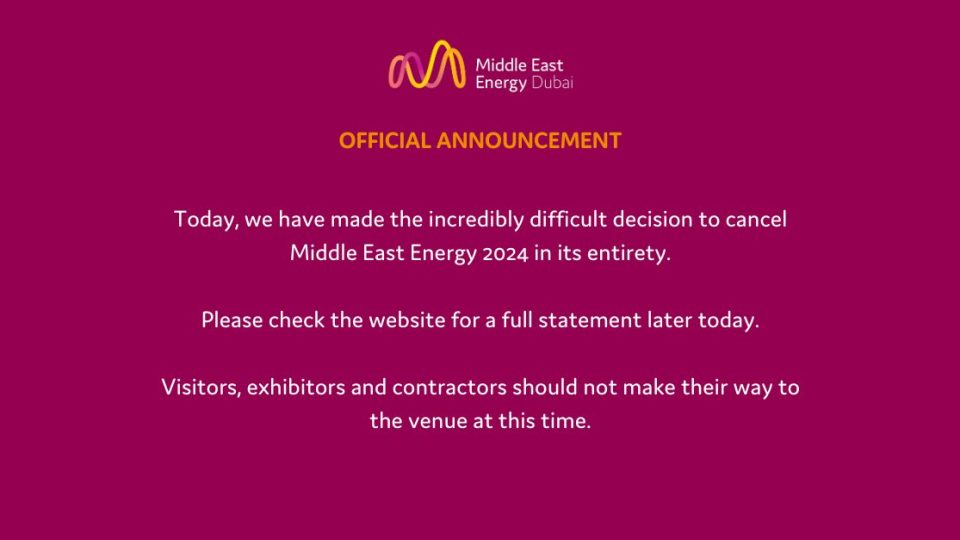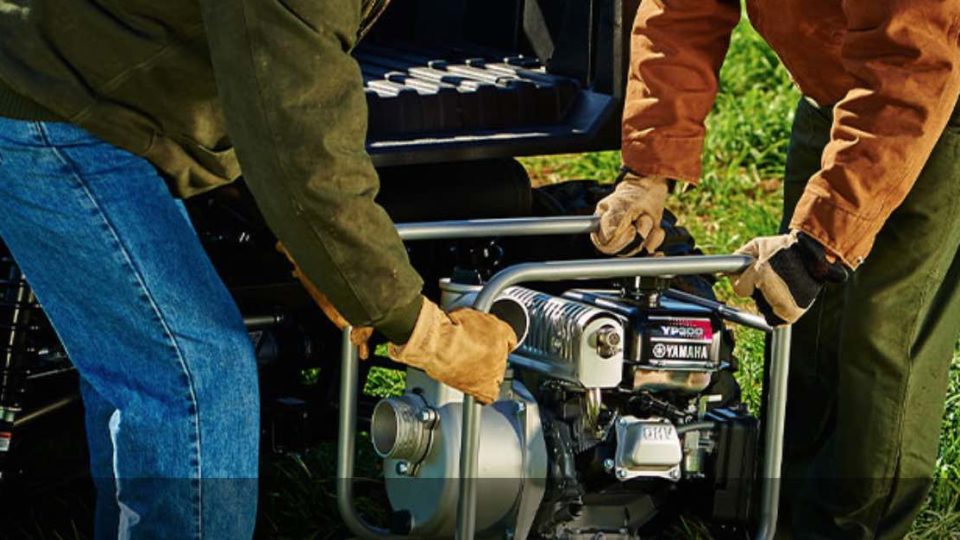Intermat 2018, the diesel comeback
Intermat 2018 is Stage V Intermat Paris 2018 has demonstrated that diesel technology is far to be dead. The Dieselgate echoes have been downsized. Stage V engines introduction has given industrial applications a great impulse. Concerning new releases, Deutz, John Deere, Cummins and Yanmar played a leading role, but Kubota unveiled the real surprise. Yanmar’s side of Osaka In […]
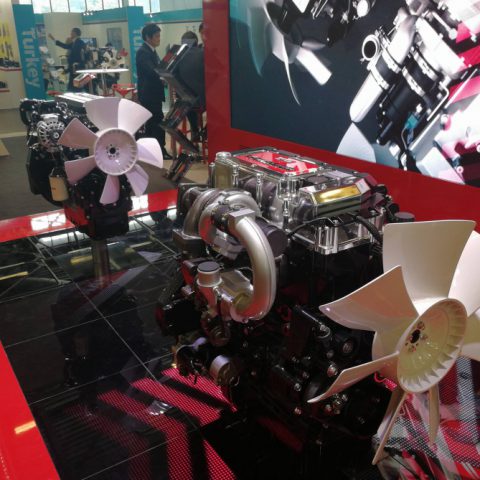
Intermat 2018 is Stage V
Intermat Paris 2018 has demonstrated that diesel technology is far to be dead. The Dieselgate echoes have been downsized. Stage V engines introduction has given industrial applications a great impulse. Concerning new releases, Deutz, John Deere, Cummins and Yanmar played a leading role, but Kubota unveiled the real surprise.
Yanmar’s side of Osaka
In other words, the two manufacturers from Osaka led the game at Intermat 2018. Finally, after they passed the threshold of the 100 kilowatts range, Kubota and Yanmar presented themselves as main interlocutors with OEMs. Japanese firepower just reached 155 and 157 kilowatts. We will recall soon what Yanmar has shown. But we can already say that the 4TN101 and the 4TN107 held the show as if being in Hollywood. The two engines share the compliance with Stage V regulations, common rail, and electronic control systems. Only the most powerful versions of the 4.6 feature the two-stage turbocharging system. Yanmar confirmed it will rely on Egr, while Dpf and Scr are separated. The lubricating system has been redesigned to reduce oil consumption.
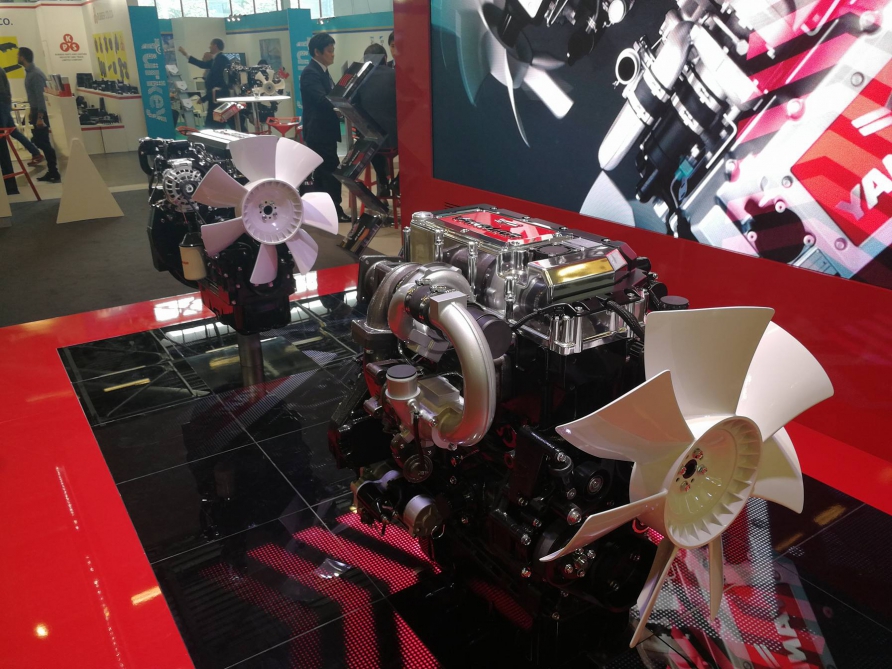
Kubota on the stage
On its side, Kubota joins Intermat strong of the recent success achieved in Las Vegas, where it presented the V5009 5 liters engine. Kubota keeps on with its segmentation strategy, filling the gap between the 3.8 and the 5 liters engines, introducing the V4309 (4.3 liters, as suggested by the name). It shares the engine block and the bore with its bigger brother but has a downsized stroke.
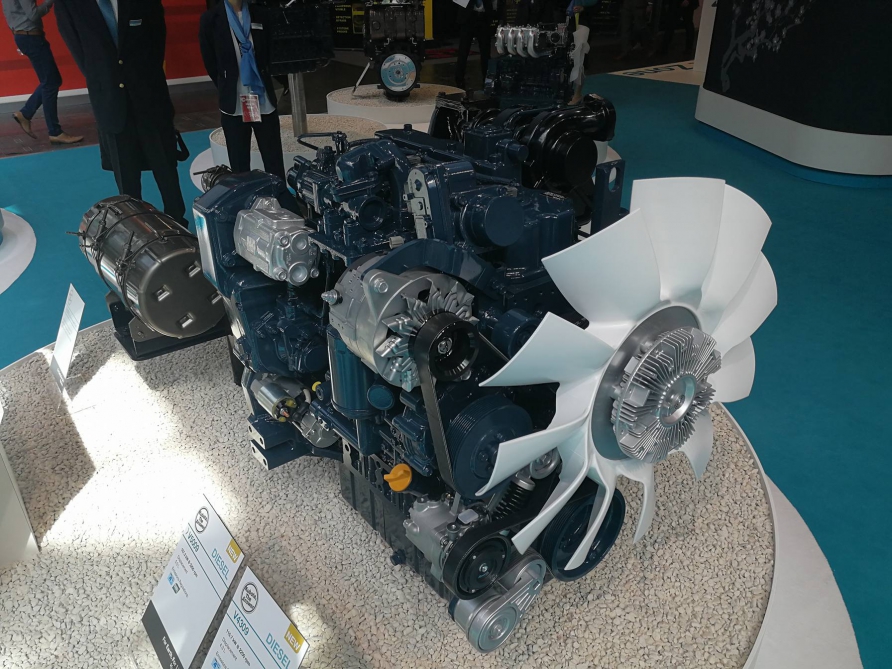
The turbocharging system of the 4.3 is only available with the wastegate valve, while the 5 liters features also a Vgt system. Kubota confirmed Egr, and the fourth Pto appeared. The latest product will be available on the market from January 2020. We will examine more in-depth Kubota’s 4-cylinder engines and the other latest (and smaller) products they have shown at Intermat. First, the WG1903, a dual-fuel, 1.9 liters that fills the void between the 1.6 and the 2.5, then the Stage V V1505-CR-T.
Deutz TCD9.0, Diesel of the year 2018
As we said, also Deutz, John Deere, Cummins (and Hatz) didn’t stand to stare. On Monday the 23rd, at 5 p.m., the Diesel of the year 2018 award has been assigned to the Deutz TCD9.0. The German manufacturer carried also the hybrid engine son of the recently achieved incorporation of Torqeedo. The matching of the TCD2.9 with an electric engine, the battery pack, and the power control electronics introduced the new trend. Both the diesel and the electric provide 55 kilowatts, resulting in a combined maximum power output of 110 kW. The batteries have 40 kWh of capacity at 400 volts.
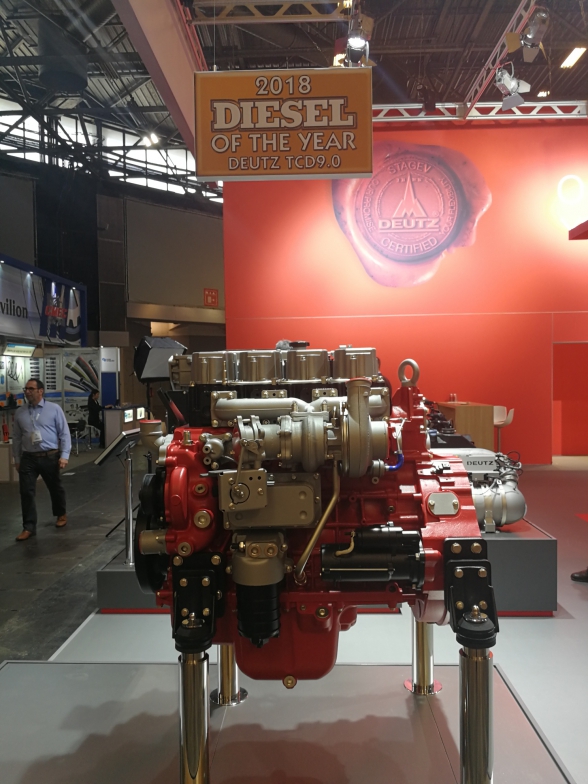
The Deere’s run at Intermat
Europe comes after the North American stop as for Kubota’s 5 liters, also for John Deere’s 13.6 liters Stage V engine. It represents the no-turning-back point for the application of the common rail. The results are the expected volume and fuel consumption reduction (respectively by 18% and 7%), and a 15% of power increase. Concerning supercharging, John Deere relies on both the wastegate and the double stage.
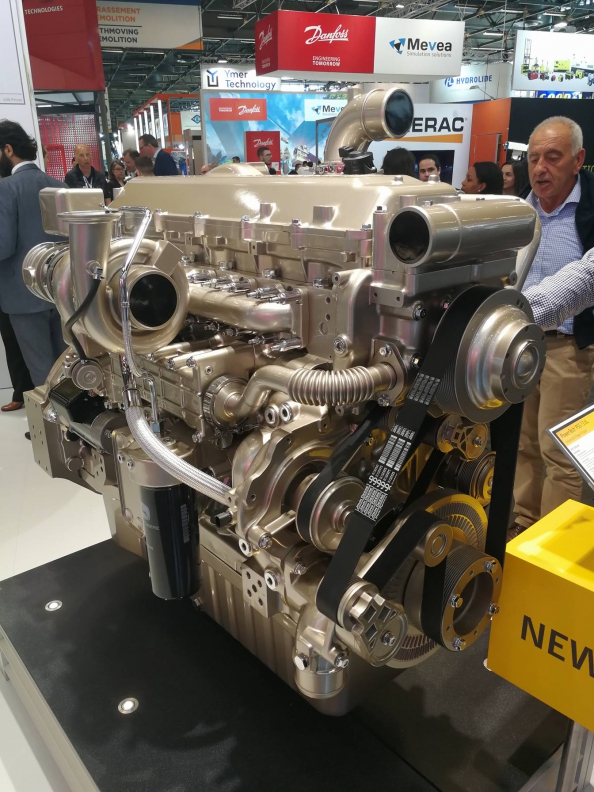
Cummins move to electricity
Julie Furber, Executive Director, Cummins Electrified Power Business spoke about Cummins’ recent approach to electrification. «With our recent acquisitions of Brammo and Johnson Matthey Battery Systems, we are building capability across the entire range of electric storage. At Intermat we are debuting our 35kWh battery pack for the first time. It can be installed singularly or in multiples to meet the needs of the equipment operation and duty cycle». Cummins stated that the generator uses a high-efficiency traction motor which provides a continuous torque of 1,850 Nm. Also available, an instant peak torque boosting up to 3400 Nm, in charge when the machine hits difficult working conditions. At the same time, the machine can be charged overnight, allowing 2 hours of operation per 35 kWh battery.
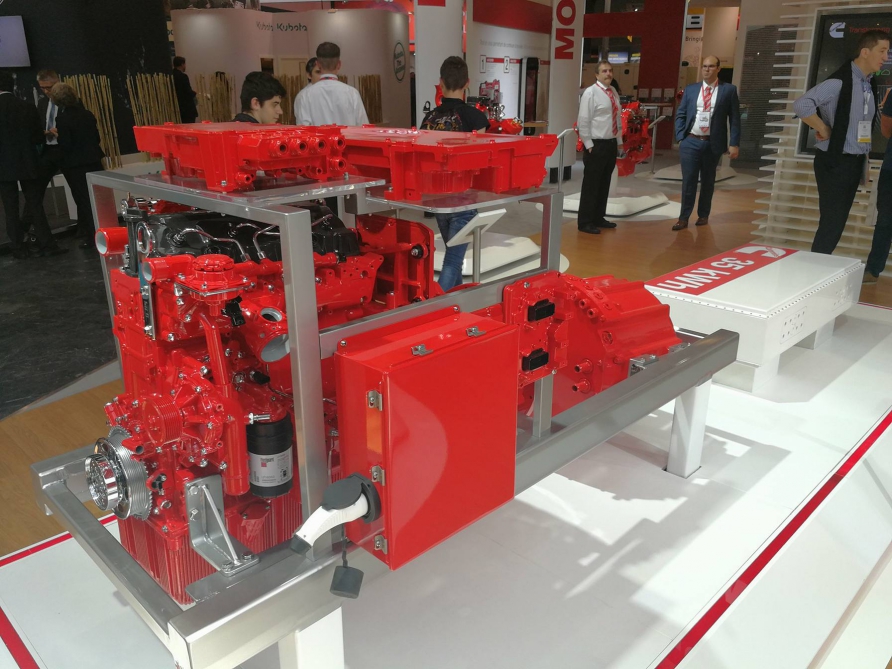
Hatz brought in Paris its 18.4 kW engine, the 3H50T, that aims to dismiss the Dpf thanks to power density. The 3H50T can reach a maximum torque of 130 Nm, the highest of its segment. The engine does well also without after-cooler and after-treatment systems.





